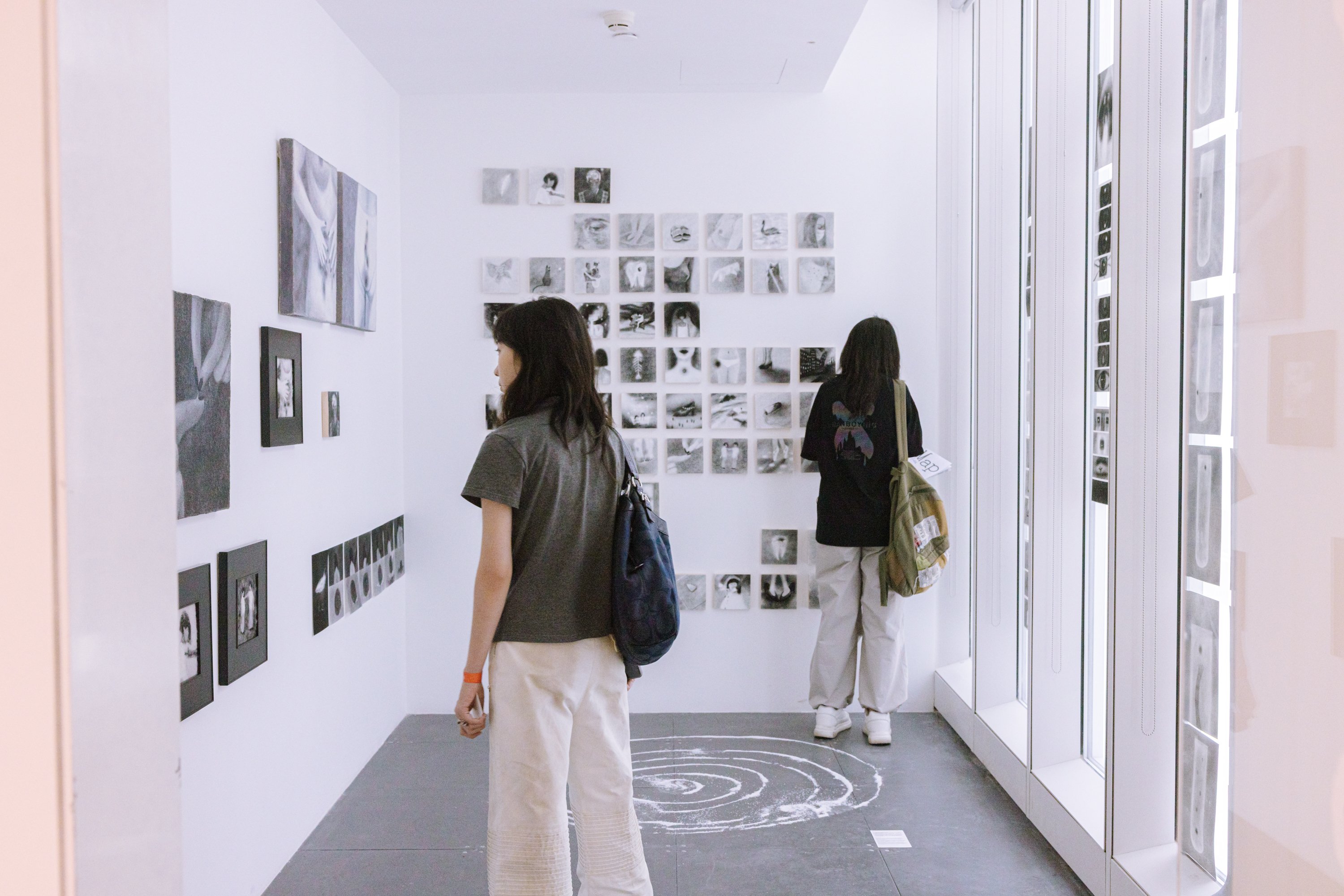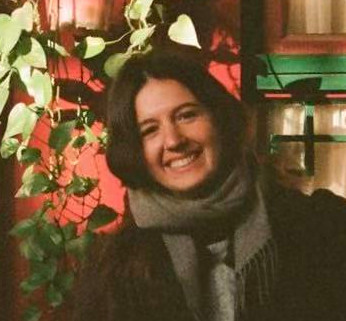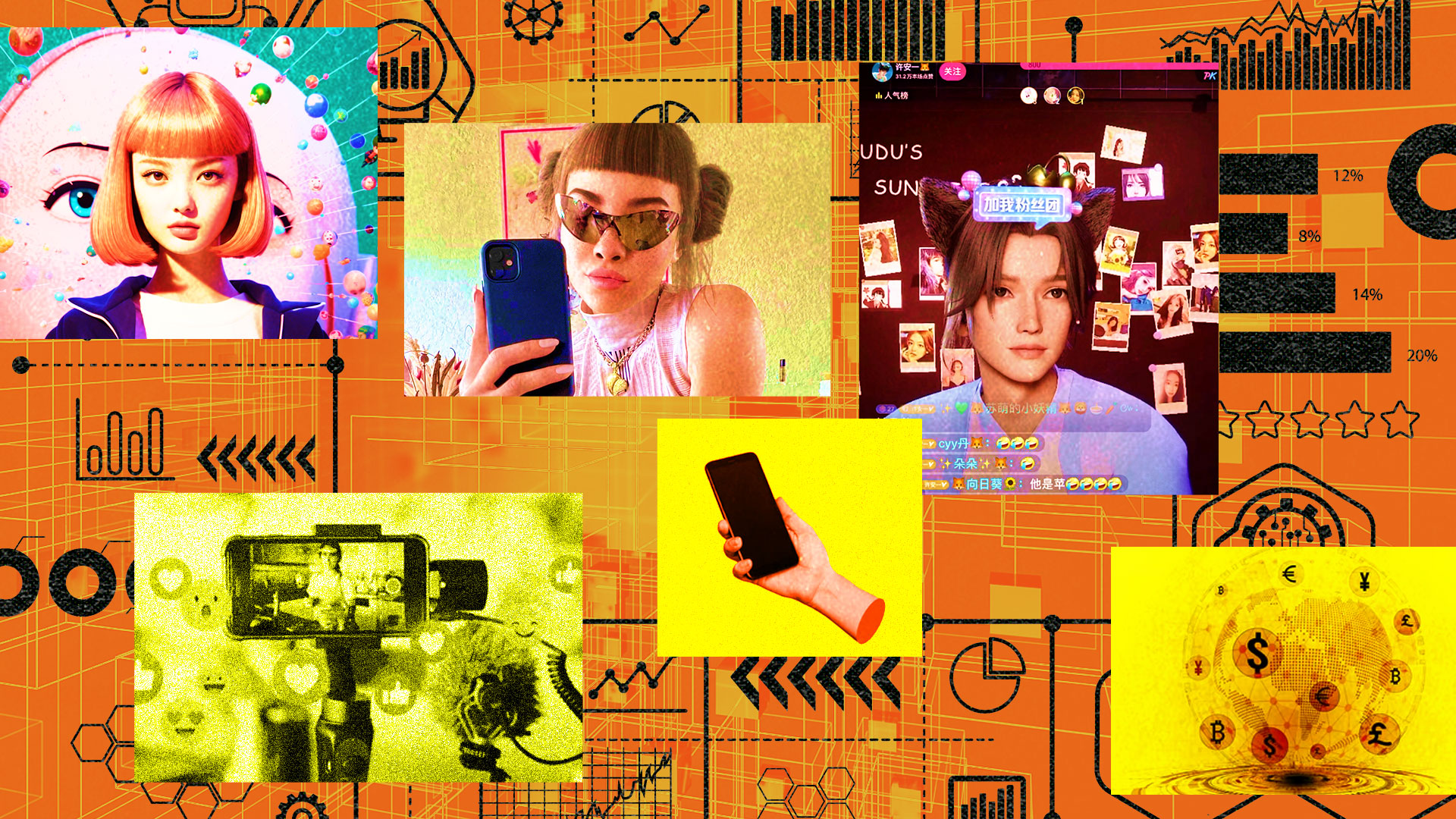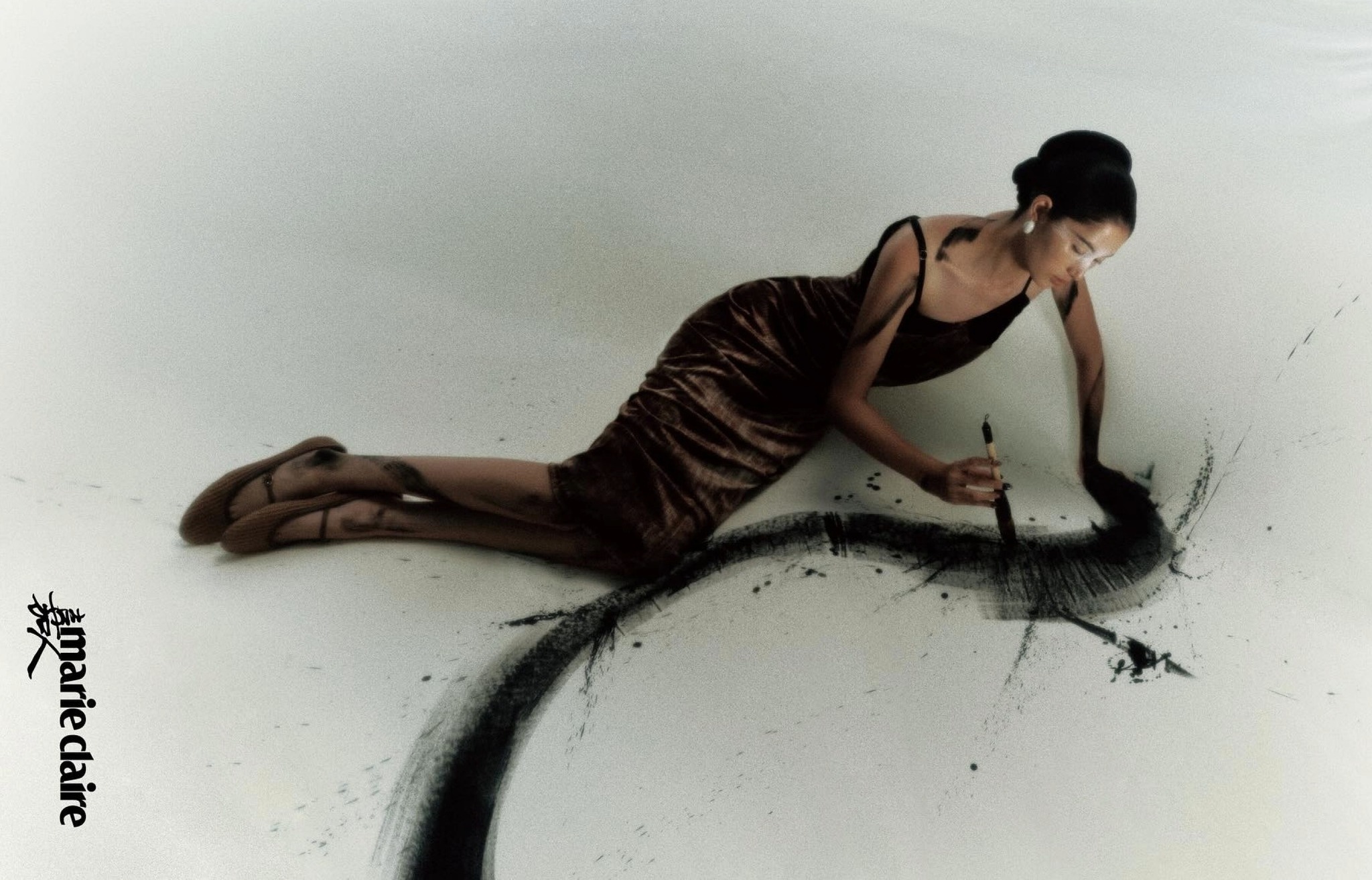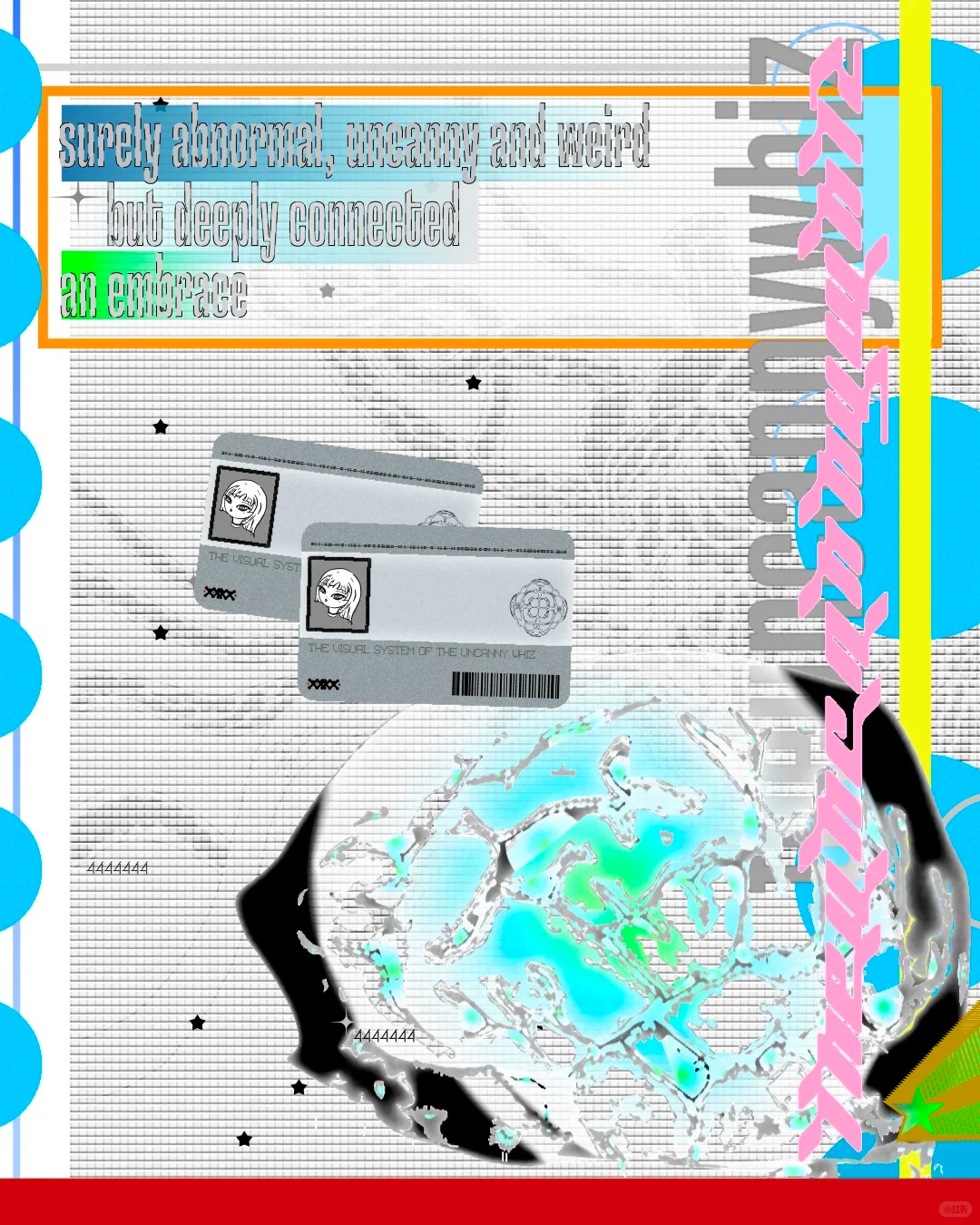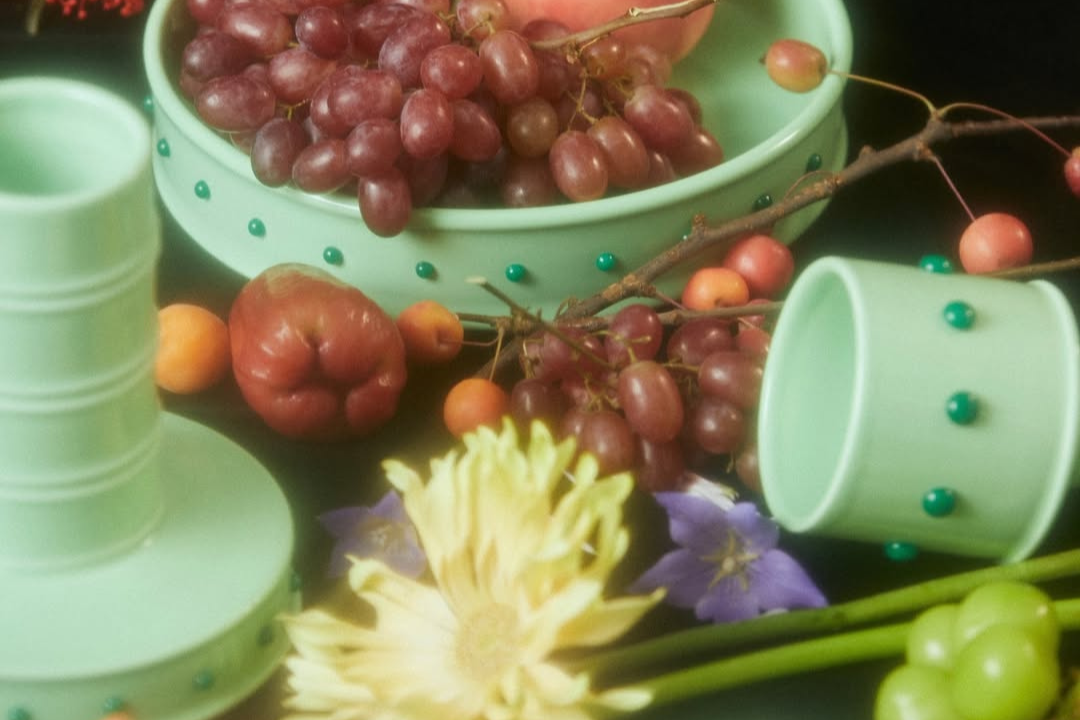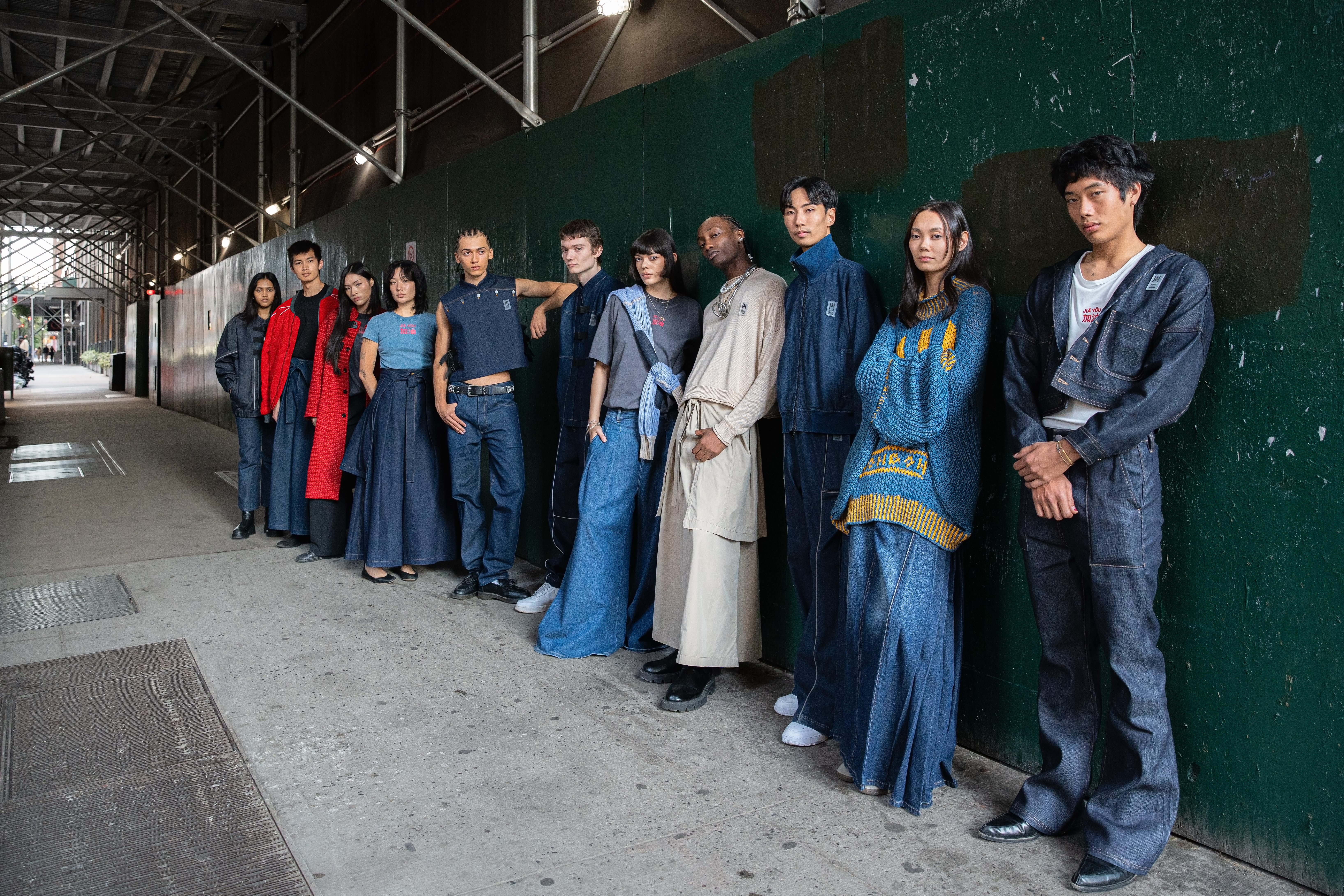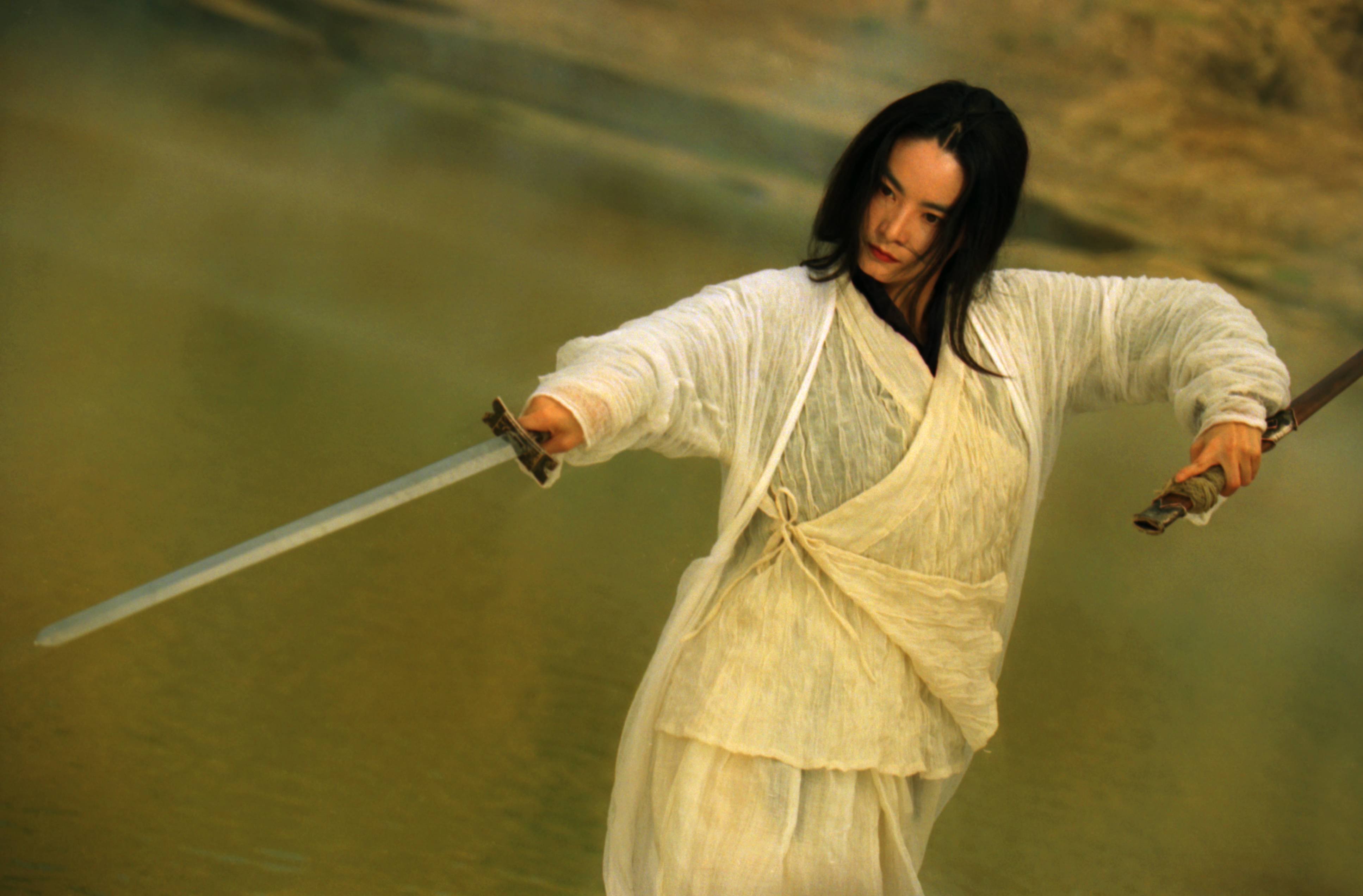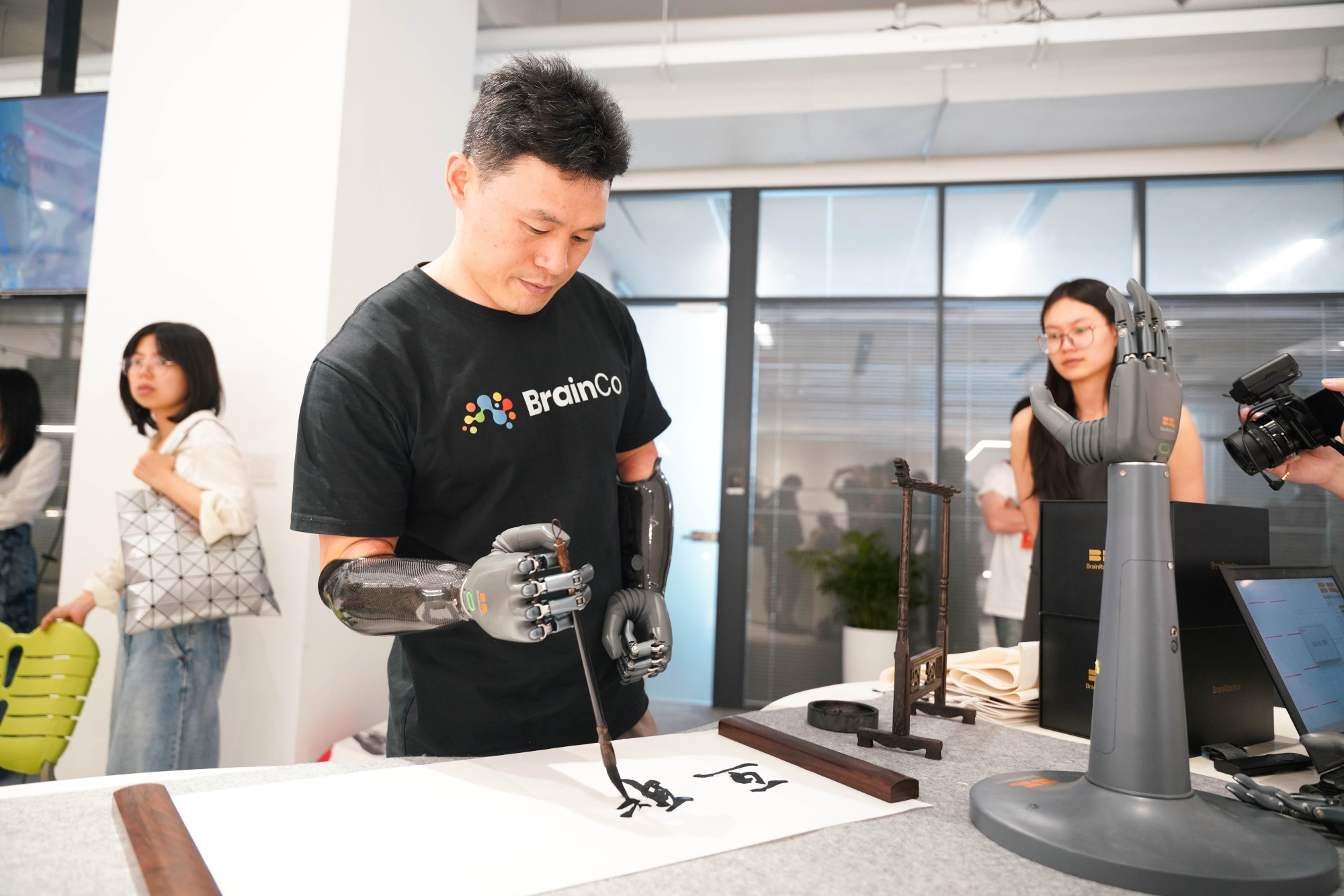When one pictures an art fair, what might first come to mind is a large exhibition or convention center where rows of enclosed booths fall in line one after the other, each showcasing artworks — mostly paintings — against off-white plaster walls. It’s typically a space where gallery reps dressed in smart formal attire stand within the confines of their booths, demarcated by these temporary, pristine facades. And when one tries to think of art fairs in the Chinese mainland and Hong Kong, it’s the big-shot events that come to mind — where international blue-chip and established local galleries converge — like Art Basel Hong Kong, the West Bund Art & Design Fair in Shanghai, or Beijing’s Dangdai Art Fair.
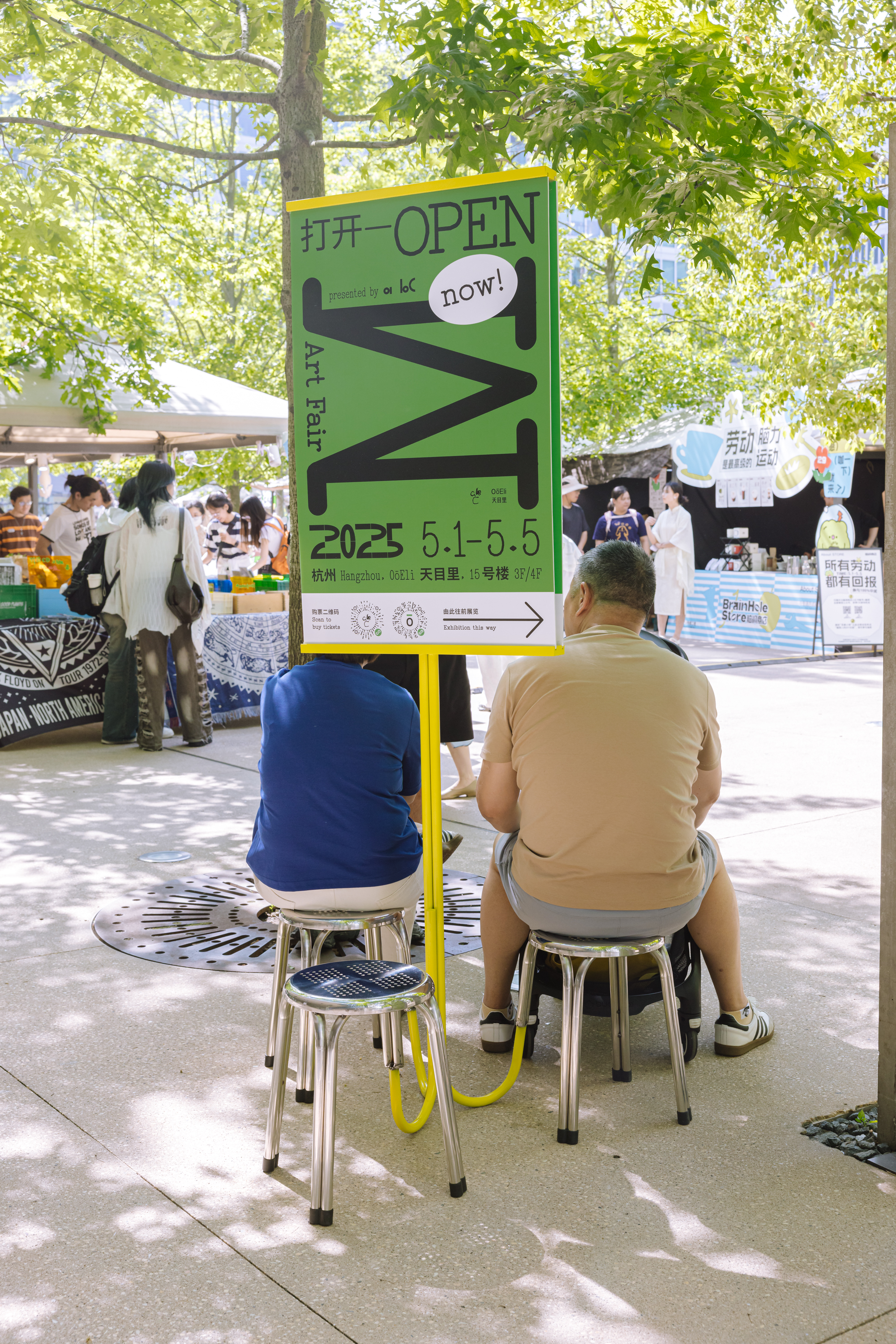
While “art fair” might be in its name, the 打开 — Open M Art Fair, which took place earlier last month in Hangzhou, opens the term to new possibilities beyond its traditional boundaries. The creative space was created and organized by a not b but C (abC), an art and publishing collective actively involved in the Chinese contemporary creative scene. Founded in 2015 to promote local artists’ books and independent publications, abC organized the abC Art Book Fair in Beijing and Shanghai every year until 2023, bringing together local and international independent publishers. Since 2024, they’ve launched the Open M Art Fair — first in Chengdu, then in Beijing, and now in Hangzhou — expanding their exploration of artistic creation beyond the printed page and into all kinds of creative mediums. With 打开 (“open”) in its title, the fair declares a state of openness, embracing the possibilities of new media and materials beyond the formal constraints of art with a capital “A.”
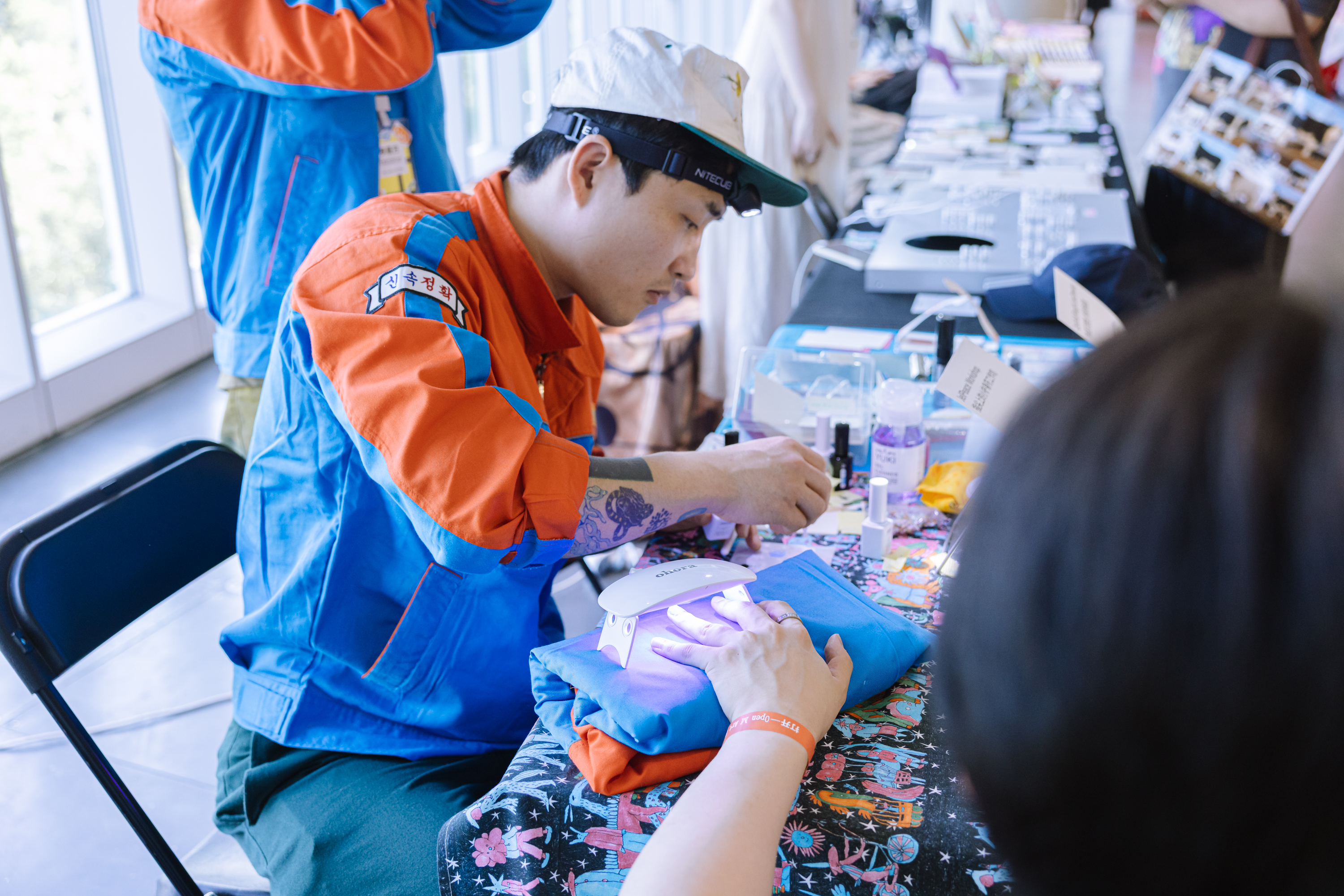
When I arrived at the Tianmuli art complex northwest of West Lake, where the fair was located, I didn’t know what to expect — except that maybe it would be extremely crowded, since it was a Saturday on Labour Day, a national holiday in China. Surrounded by quirky organic cafés, thoughtfully designed concept stores, and the contemporary art museum By Art Matters, the square within the complex — designed by Renzo Piano — confirmed my assumptions. The idyllic fountain and clean-cut grass shining in the spring sun acted as a magnet for local families, teens, and tourists. Yet, even with posters advertising the Open M Art Fair plastered across buildings and stuck on ad stands, the fair didn’t seem to pull in the general public. Instead, it attracted artists, creatives, and art aficionados who had come to Tianmuli with the fair as their main destination.
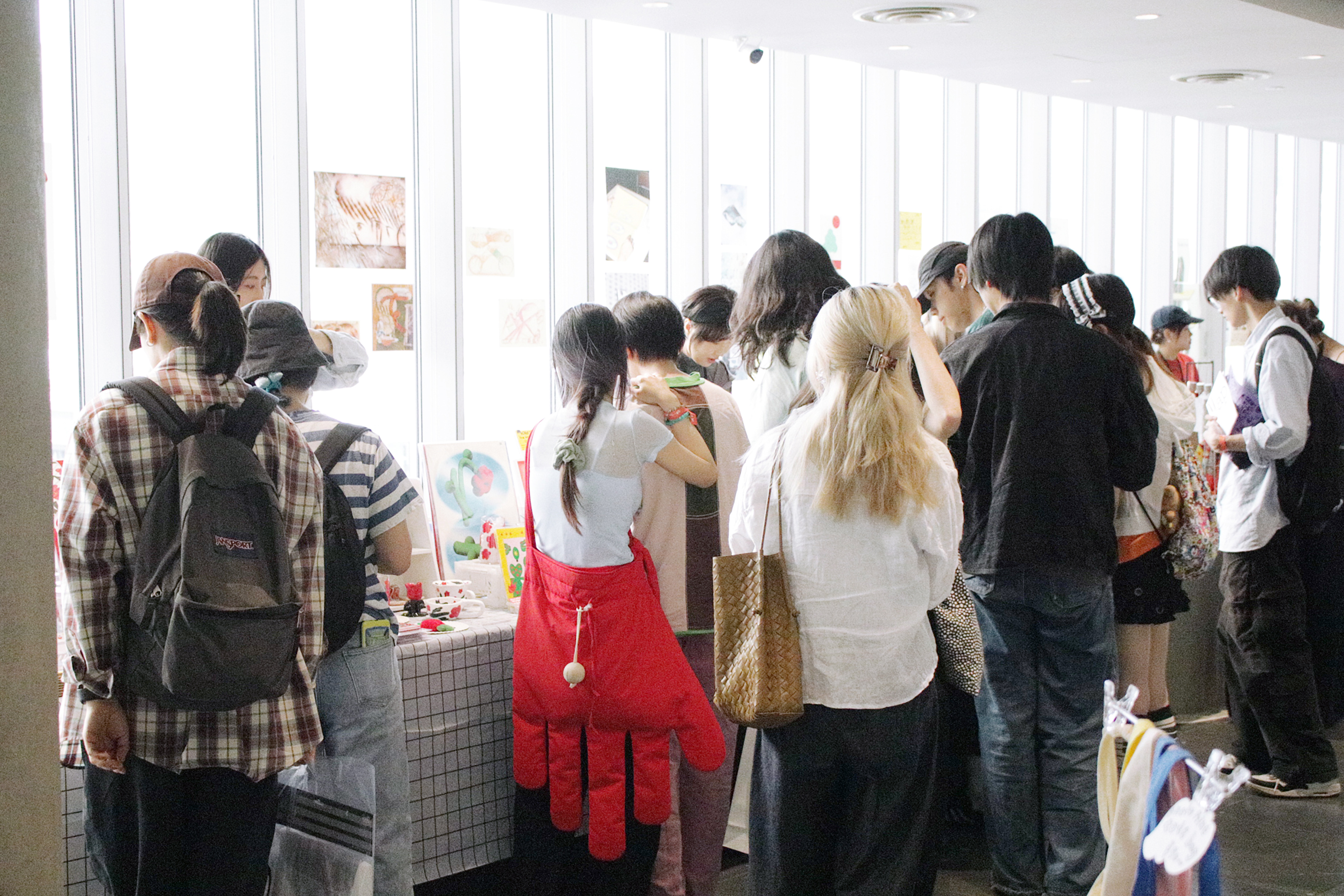
Taking place across two floors in one of the complex’s side buildings, the fair was divided into distinct sections, all titled with “M”: Mirage, Monologue, Meeting, Mark, and Manifesto. Each theme tapped into different forms of artistic creation, showcasing artists and designers from across China — including Xiamen, Guangzhou, Jingdezhen, and Shanghai — who work with materials such as paper, fabric, wood, metal, plastic, glass, pottery, and resin.
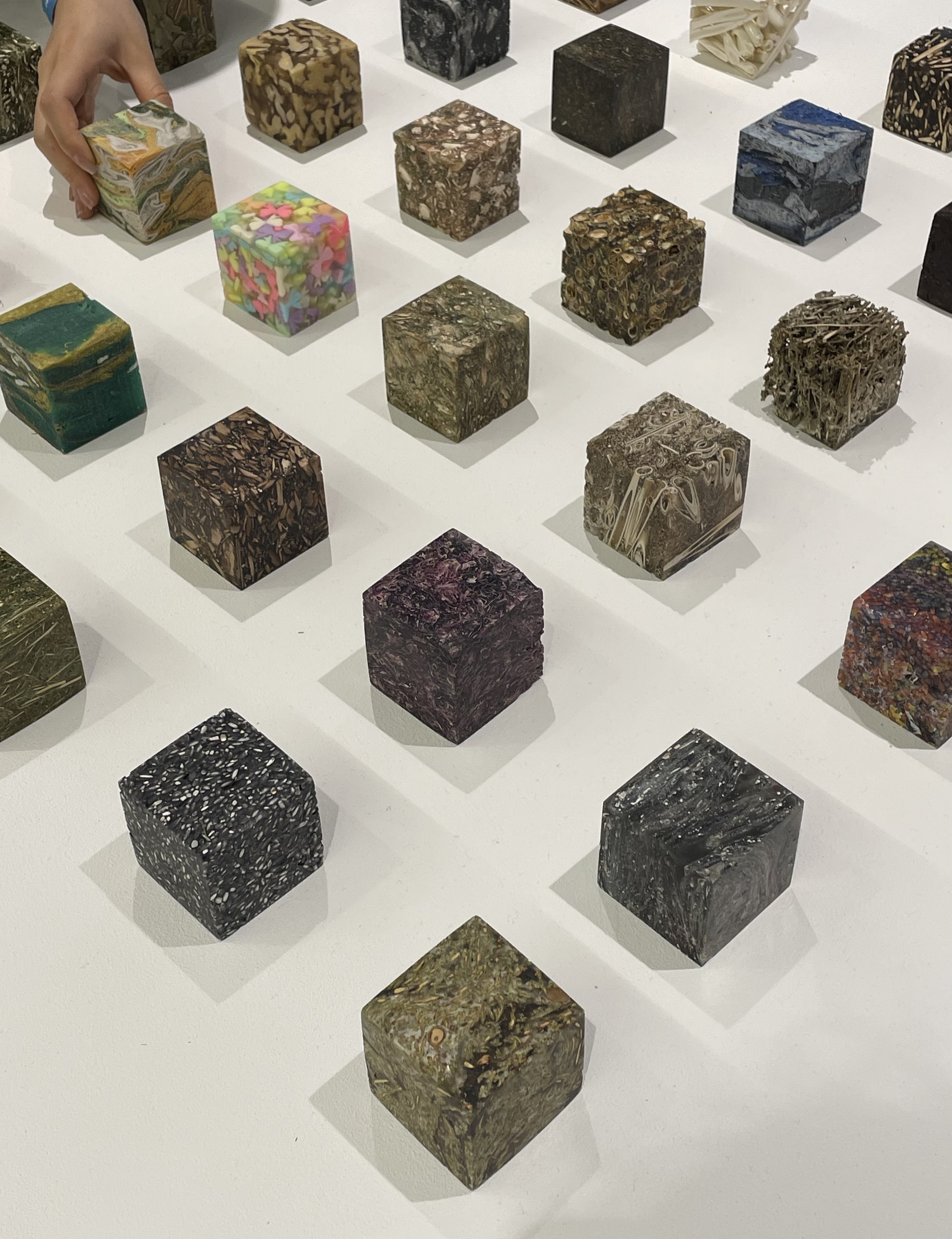
In the Monologue section, a display of resin cubes neatly arranged in a 6×6 formation by the Shanghai-based studio Bentu-Guaiwu caught my eye. Each cube was the same size; the only visible differences were the colors, textures, and shapes on their surfaces. One cube, speckled in a sea of greys and blacks, resembled the inside of a mineral. Another, with its irregular elongations, echoed the cross-section of a cell, like something from a high school biology class. A third, with an intricate wooden-looking “C” pattern, could have been a material sample for designer furniture. Only when I looked closer did I realize each cube was made from everyday items: trash bags, tree branches, coffee beans. Ordinary objects — discarded food, waste, packaging — were compressed and cut into resin blocks, their original identities obscured, transformed into uniform objects to display or fidget with.
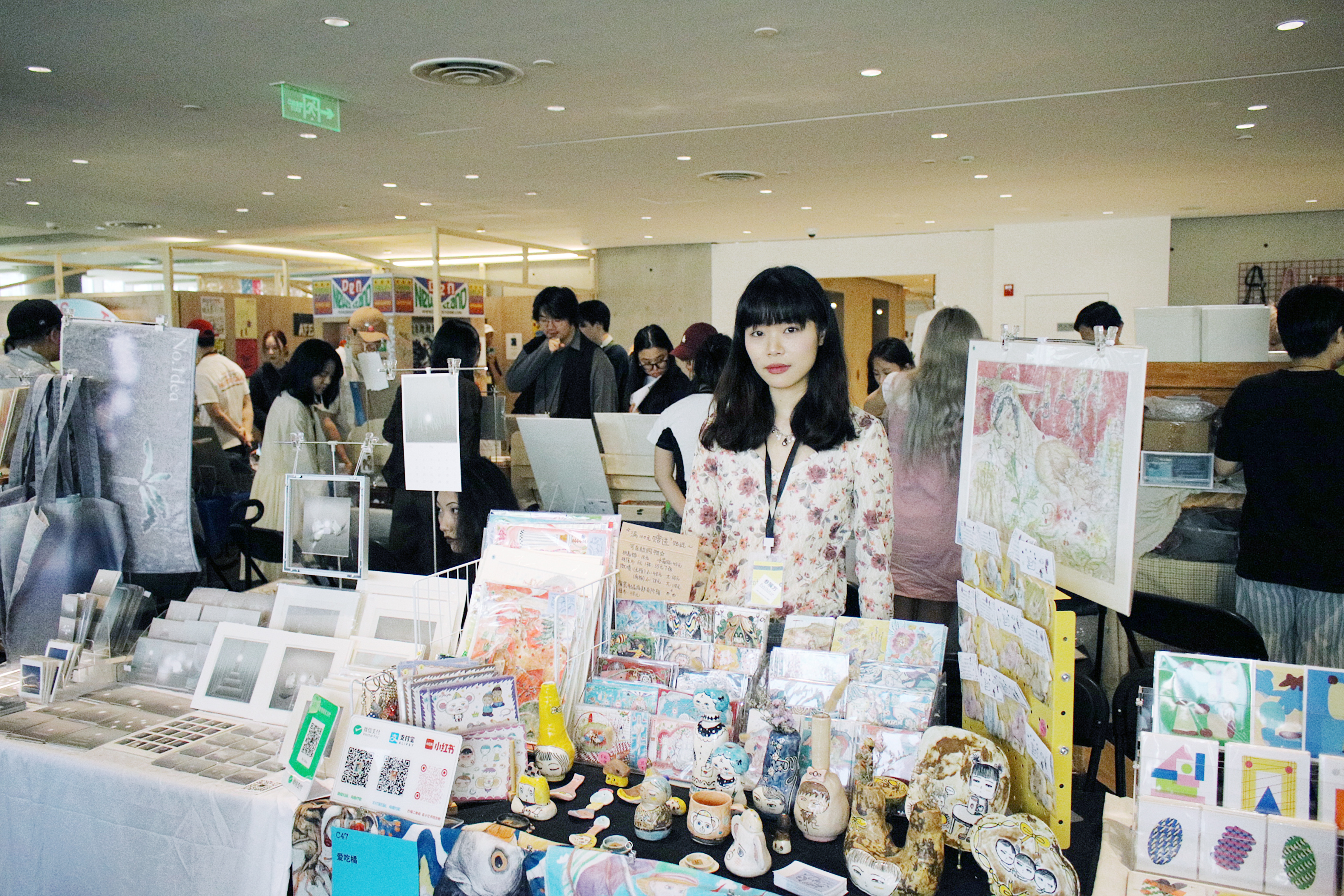
In the Meeting section, individual artists and designers stood behind booths, neatly placing and showcasing their works for sale, resembling a design market. On one stand, Hangzhou-based artist Qindi Hu displayed risoprints of birds drawn from her birdwatching excursions in the city. One of her birds was printed on a birthday card. When I opened it, the card chirped — playing a birdsong Hu recorded herself. On another stand, Mongolian artist Haliyaa showcased her cartoonish animal sculptures made from thermal insulation foam board — a moisture-proof material typically used in construction. On a third, the screen printing studio VC CARGO — based in Beijing and Jingdezhen — exhibited prints of bold abstract forms, each slightly different, showcasing their experimentation with replication and mass production in silk-screen printing.

As I wandered through each section, I noticed how the artists and artworks invited audiences — or rather, participants — to go beyond observation. Dutch artist Ilva Nieuwstraten’s multisensory installation Niksnut / Good for Nothing (2024), with a looping video and yoga mats in a semi-enclosed room, encouraged participants to take a break — from the overstimulating fair, and from the world outside. In another corner, the Shanghai-based collective NaN (Not a Number) offered temporary tattoos with what, from afar, looked like a real ink gun. Towards the end of the fair, a boy with frosted tips and a girl in a patchwork skirt played ping pong on a brightly designed table — a moment of active pause amidst the creative chaos.
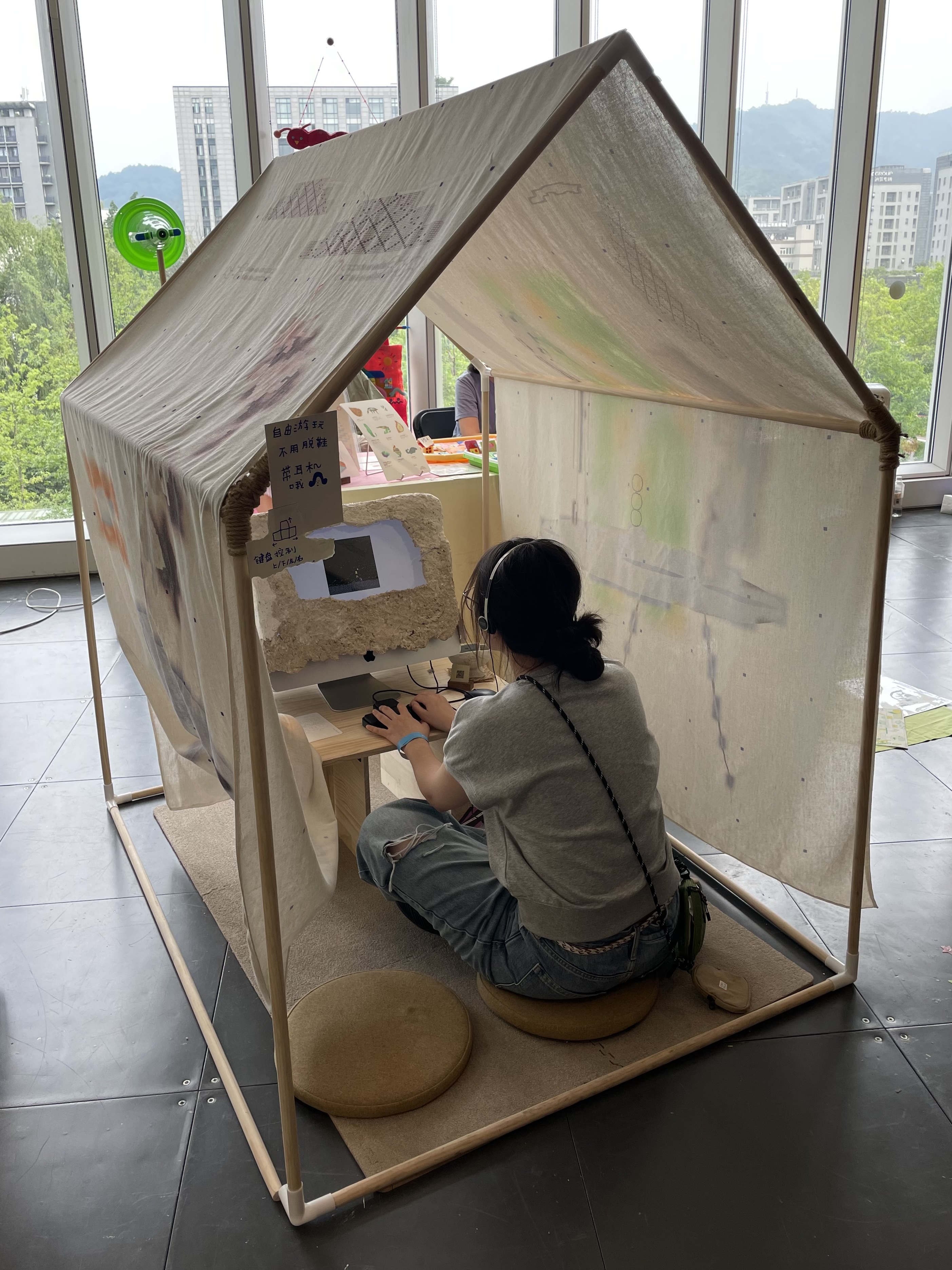
The 打开 — Open M Art Fair engaged every part of the brain, every sense — going far beyond the passive act of “looking” so often expected at art fairs, where visitors are shuffled from booth to booth in robotic patterns: walk, stop, look, repeat. By gathering a diverse range of artists and designers experimenting with unconventional materials in an alternative setting, the Open M Art Fair showcased the rising appetite for experimental modes of artistic creation in China’s contemporary scene. It offered a vibrant glimpse into the desire to break out of traditional categories — painting, sculpture, photography — and turn the textures of everyday life into new mediums of expression.
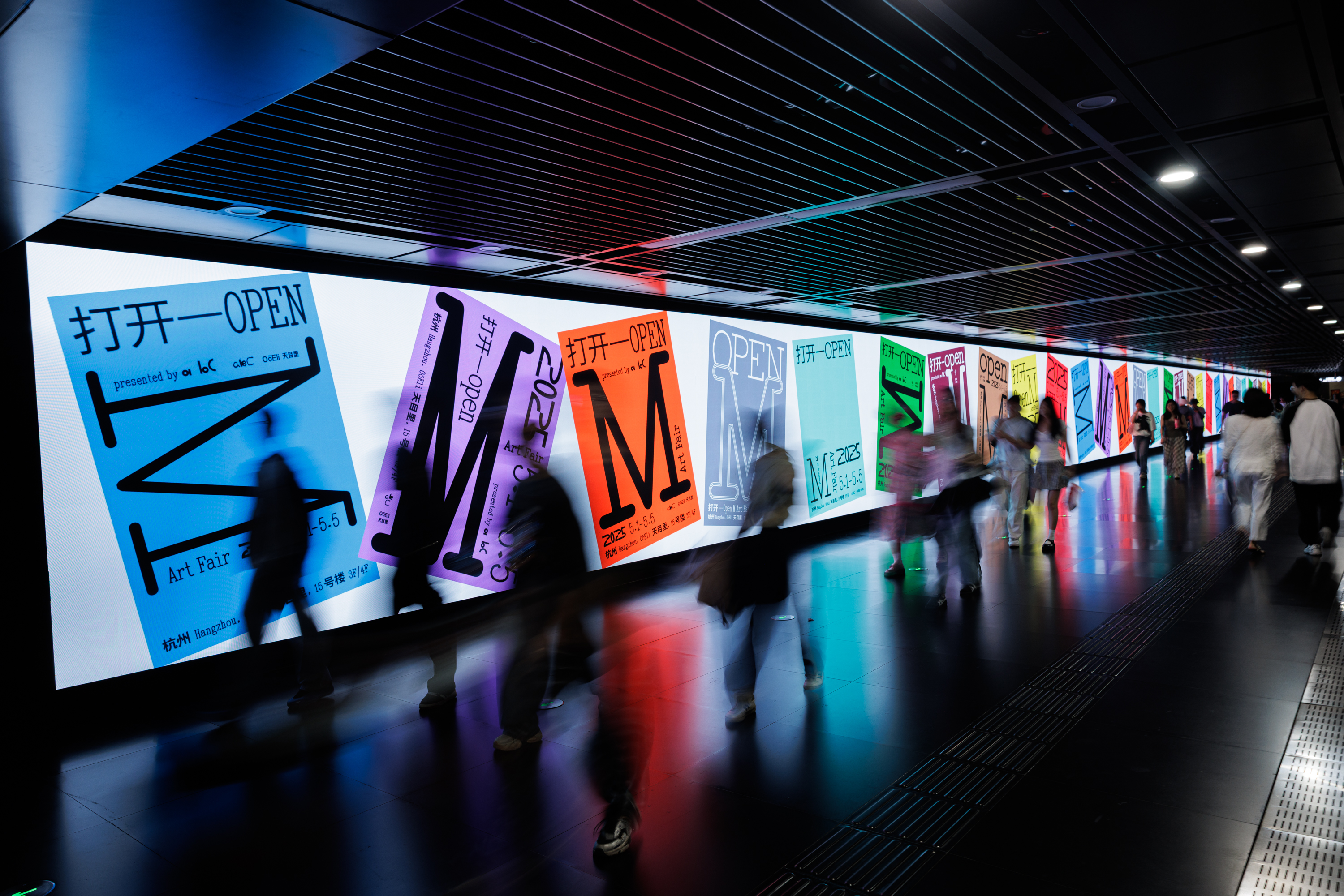
All photos provided by Open M Art Fair are taken by Qiu, 王柏臻, 徐思慧, 小王子.

